Table of Contents
- What is website optimization?
- Why Is Website Optimization Important?
- Benefits of Website Optimization
- What to Optimize On Your Website
- Website Optimization Strategies
- Website Optimization Tools
What is website optimization?
Website optimization is a set of actions that can help you improve user experience, traffic, and conversions on your site.
SEO solution providers and industry experts have different ideas about exactly what makes web optimization efforts successful. Many focus on using targeted keywords to boost the site ranking for specific search terms. And while this is both useful and potentially profitable, it’s not enough on its own.
Why Is Website Optimization Important?
Times have changed. Gone are the days when cramming everything onto a website — displaying every type of banner ad and cluttering the site with as many products as possible — would lead to more customers and sales.
With the rise of modern social media and personalization, people are now more discerning when visiting websites. They seek a simple and efficient user experience. Also, most people visit websites from a smartphone after clicking a CTA on social media. In fact, that results in 55% of the website traffic coming from smartphones.
According to webfx.com, 48% of people credit a website’s design as the top factor in deciding a business’s credibility, and 88% of online customers will not return to a website following a bad experience.
Every business loves its website when it first launches. But over time, traffic and conversions might start sinking. Users might start posting reviews and sending messages about a frustrating experience.
I believe that your website has the power to increase traffic, leads, and conversions for your brand. You can create personalized experiences that help your customers convert faster.
Your website can also:
- Generate higher ROI for your ad spend.
- Improve brand awareness.
- Build trust with your target audience.
All you need is website optimization.
Benefits of Website Optimization
Website optimization is a process of constantly gathering constructive feedback and improving the site’s overall performance and user experience. It has allowed me to generate leads, get to the top of the search results, and kick off a positive feedback loop. Here’s a breakdown of a couple of its advantages.
Increased Visibility
Google has stated that it uses metrics such as page loading speeds, responsiveness, visual stability, and website content to rank pages in search results. Optimizing websites for these metrics can help increase a website’s rank and visibility.
Pro tip: Adding relevant meta information, using semantic HTML, focusing on accessibility, and making the site mobile-friendly all help with visibility.
Enhanced User Experience
Let’s be honest: No one likes to visit a site that has broken parts and a friction-filled user experience. I can’t imagine doing online shopping from an ecommerce site that is slow and has a broken checkout system. Your site needs to prioritize creating a seamless experience to keep users engaged.
High Conversion Rates
Optimized websites are more in line with users’ needs. This alignment helps me craft the right CTAs (calls to action) to increase engagement.
CTAs are ways to bring in more people to sign up or get engaged with your products. But, it’s not limited to that — if I have a personal site, I can put a CTA for my newsletter. Website optimization allows me to deploy these CTAs with impact.
What to Optimize On Your Website
There is a lot I can do to optimize my website. Here are some components to focus on when you make changes.
User Experience
One key thing I keep in mind while improving the user experience is consistency. My design language and the visual cues of my site should be consistent across my site’s pages. This helps my brand appear professional and organized.
Along with keeping things consistent, I make sure that my site’s core functionality is user-friendly so that users can easily accomplish their goals on my page.
Site speed also makes all the difference. If the site is slow, then the user might get frustrated and jump to a competitor. Slow-loading pages reduce conversions by 7%.
Search Engine Optimization (SEO)
SEO is also essential, as it drives revenue generation. Sites that rank first on Google get 95% of the search traffic. If I have an ecommerce store and my site is not being seen by anyone, then my sales suffer. Here’s what I do to improve my site’s SEO:
- Use a sitemap and make sure it’s being indexed by search engines.
- Making the content more relevant to the users and improving content quality to rank higher on the search results page.
- Using semantic HTML throughout and ensuring my site follows accessibility best practices.
- Adding relevant keywords and meta information to the website’s content.
Conversions
If a user signs up for one of the products listed on my website, I expect them to buy the product, but how can I do that? If the product listing does not mention exactly what the product is about, or it does not properly communicate to the visitors what it's meant to do, then the user might not sign up for it, and I lose a lead. That’s why:
- Enhance the website’s content to attract and cater to more leads.
- Set up analytics and monitor what the users expect from the site.
- Add testimonials to build trust.
- Adjust CTA placement after monitoring user interactions. According to invespcro.com, “CTAs used as anchor text in blogs improve conversion rates by up to 121 percent more than banner ads.”
Website Optimization Strategies
The best way to start any website optimization effort is with a complete audit of site performance and pain points. Tools like Google’s PageSpeed Insights can locate loading and usability issues. Basic keyword research can help determine which terms your target market customers are searching for — and how your site stacks up.
For example, if I run a lawn care business in Detroit, I’ll want a high search ranking for terms like “lawn care Detroit” and “Detroit lawn service.” If searching for those terms doesn’t return my site as a top result, I’ve got work to do.
There’s no single, standardized solution to optimize a website. But, there are common techniques for a few primary areas of focus. Let me share a few below.
Website Optimization for User Experience
1. Consider Accessibility
Accessibility is often glossed over during the web optimization process. However, accessibility can make all the difference. You can engage visitors with different abilities and thrive in search. According to a study conducted by Accessibility Checker, 66% of sites that improved accessibility witnessed up to 50% organic growth in traffic.
But what is an accessible website? Accessible websites include visitors with different physical disabilities. They can access the site through various input devices, such as a screen reader.
To make the website more accessible, I do the following:
- Use semantic HTML.
- Ensure images have alt text.
- Make the site navigable through a keyboard.
- Use a tool like axe for accessibility testing and auditing.
2. Think about user intent throughout the buyer journey.
Once I know my audience, it's time to outline their journey. If I can understand what my customers need as they move from awareness to decision, I can create a more powerful on-site experience.
“User intent is critical when trying to determine the focus area for each web page,” notes Ivelisse Rodriguez.
Rodriguez is a marketing manager on HubSpot’s Historical Optimization team.
“For instance, a customer who‘s still at the top of the funnel would benefit from a general informational page or article because they’re still researching their problem. But a visitor who's at the bottom of the funnel is closer to a buying decision and would benefit from product pages and blog posts. Intent affects everything,” Rodriguez says.
The key is to outline what customers are looking for at each stage in the process and find the content and keywords that best fit each step. Mapping your buyer journey helps visitors find what they need on the website. This will improve the site's health.
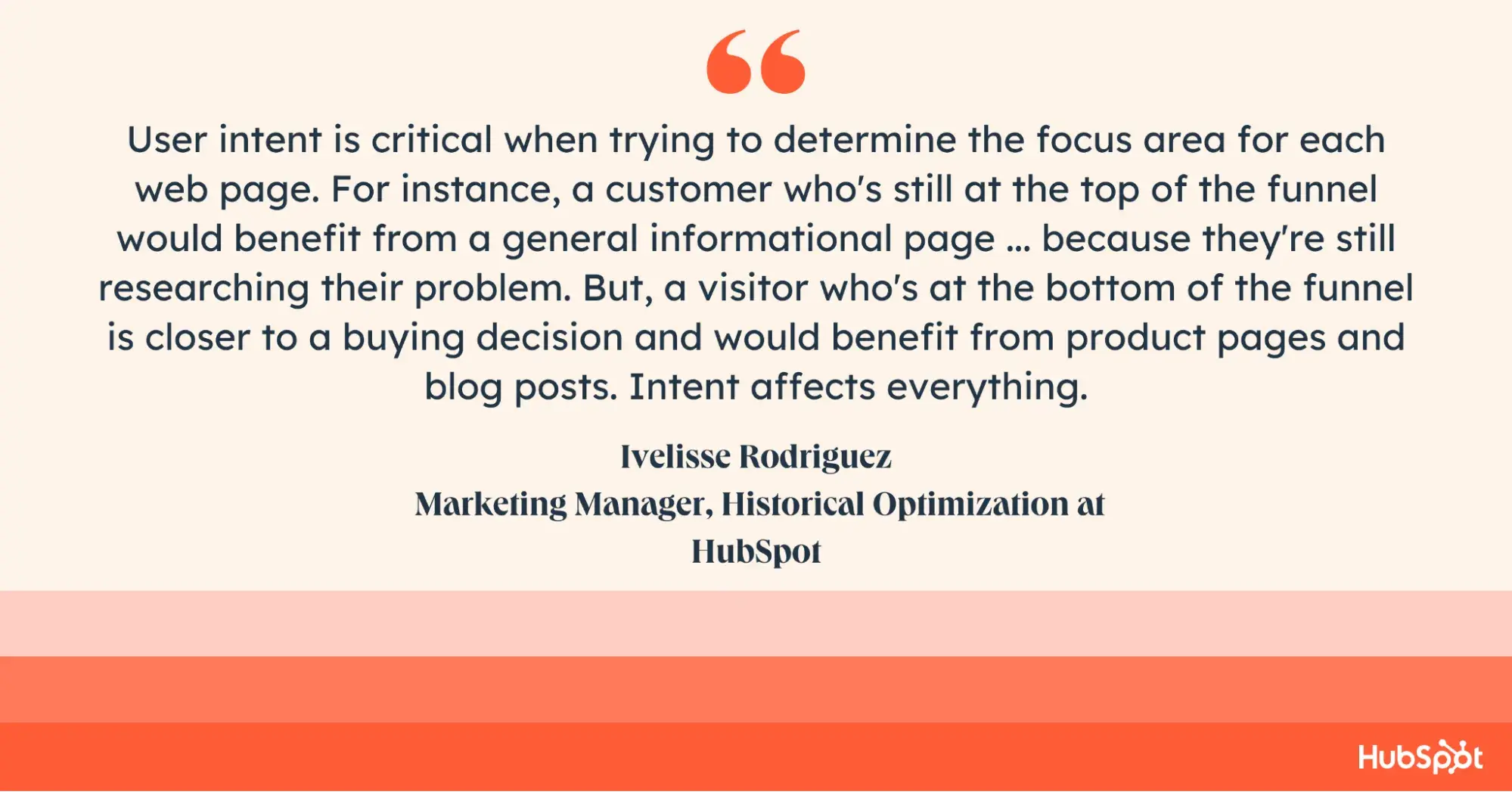
3. Improve UX with A/B and multivariate testing.
I know it can be tempting to jump in and start making changes after a quick meeting or conversation. But, the best UX strategies start with data. Multivariate and A/B testing are great ways to create a better experience for the people who use your website.
A/B testing is useful when I’m launching something new or if I already have a large audience. A/B tests compare two different elements on my website to see which performs better.
Multivariate testing is useful for making more complex changes. Websites often have many different elements, and this type of testing can help me see how it all works together.
For example, say I want to change the below options on my home page:
- Top navigation menu.
- Video or still image on your home page.
- Footer menu.
A multivariate test can help me figure out which combination works best for my users. This makes them a great option for small changes over time.
4. Create a seamless mobile experience.
I can’t stress this enough, but optimizing my website for all devices, not just desktops, really helps. This is especially true of mobile devices since mobile accounts for more than half of web traffic worldwide. Besides improving load times, optimizing my website for the mobile experience may require me to:
- Condense the menus.
- Remove popups or interstitials.
- Make the search box or icon easy to find.
- Offer filters and sorting options.
- Place CTAs above the fold.
To take it a step further, I want you to consider creating a progressive web app (PWA), which is just an extension of a website but with great offline support and native capabilities. Clipchamp’s PWA saw a 97% monthly growth as per web.dev just after 5 months of launching.
Check this post out for step-by-step instructions on website optimization for mobile devices.
SEO Website Optimization
1. Find your target keywords.
Your target keywords should be aligned with what your target market is searching. So, if you run a hair salon in Boston, your keywords should include the services you offer and where you’re located.
Improved, AI-driven analysis now helps companies like Google display contextually relevant results in AI Overviews. This makes it essential for site owners to think like users rather than marketers when creating content.
The best way to account for user intent? Entering the keyword into a search engine and evaluating the results that come up. Then, I make sure my content aligns with the intent of these top search results, which Google has deemed relevant.
If my site isn’t on the first page, it’s also a good idea to check out my top competitors. They'll give me key data to help optimize my own content.
To learn more about this step, check out this post on how to do keyword research for SEO.
2. Build better backlinks.
Backlinks from other highly-ranked sites can help organically improve your standing in search results. Best bet? Create and submit relevant, market-focused content to industry news or knowledge sites.
“Innovation is also key. Think of ways you can outsmart your competitors' backlink strategies and find untapped gold mines,” says Ivelisse Rodriguez.
It’s also a good idea to regularly search for your company or brand name to find any missing attributions. Once you find them, you can ask other site managers to add a backlink. Rodriguez agrees.
“I found backlink opportunities easiest by checking our competitors' backlink profiles. Use a tool such as Ahrefs to find out where your competition has been featured and reach out to see if you can get a similar placement,” Rodriguez says.
That said, I advise against throwing links around just because. Spamming your links can negatively impact your brand.
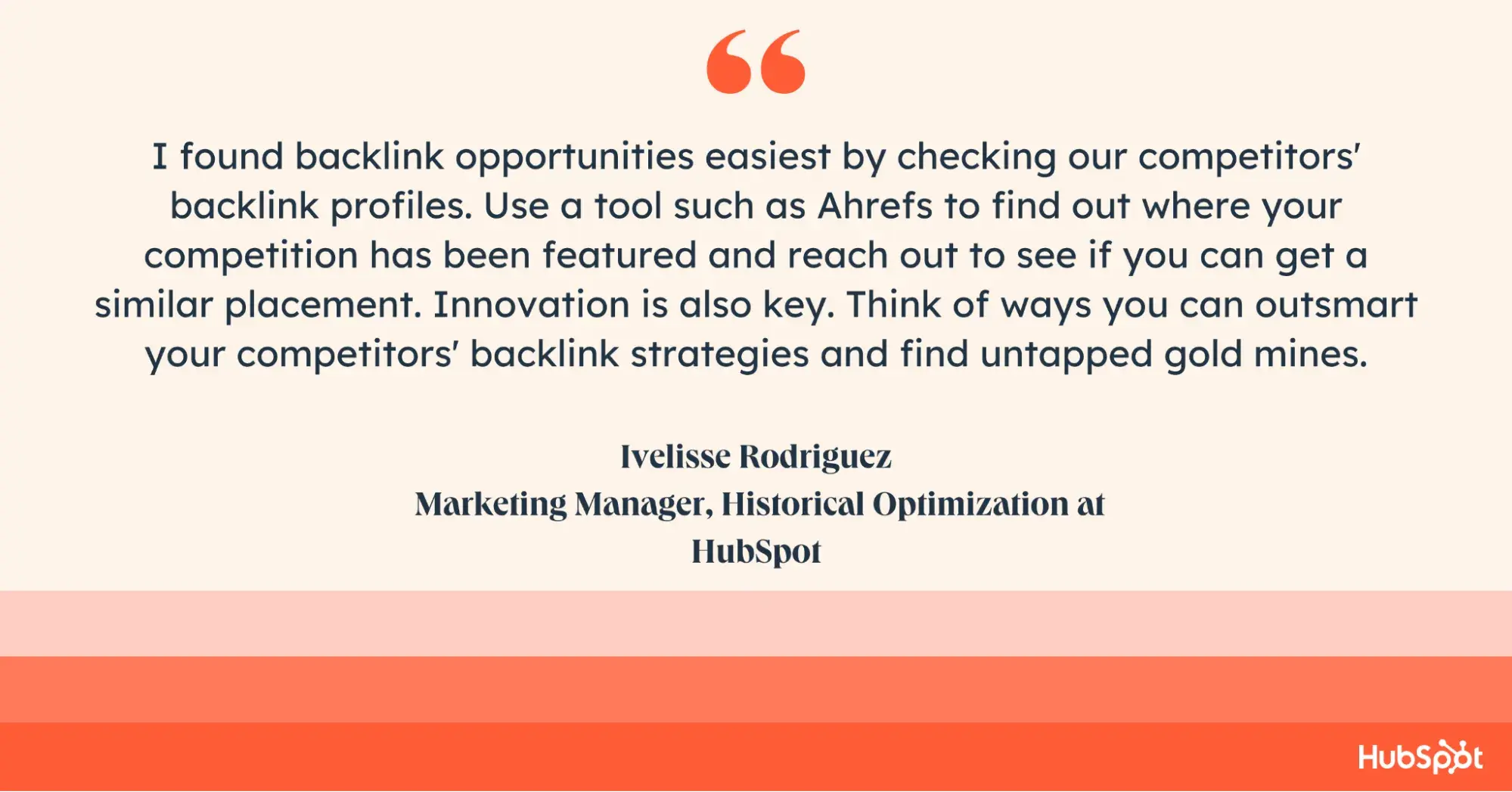
3. Optimize your on-page content.
Great content relies on relevance. Any blog post, video, podcast, or digital resource I create should focus on my target market. However, it’s also critical to optimize my content for search engines. On-page optimization is a great way to improve rankings and traffic for my website.
“Even if you have the best and most helpful content out there, your audience may still not be able to find you on Google if it's poorly optimized. On-page optimization makes your page more crawlable for Google (and therefore more likely for Google to position your content in front of your audience),” says Amanda Sellers, the manager of HubSpot’s English Blog Strategy.
There are many ways to optimize on-page content for search, including:
- Adding keyword-based page titles.
- Integrating relevant keywords.
- Adding useful images.
- Adding internal and external links.
This guide to on-page SEO covers the topic if you're new to on-page optimization.
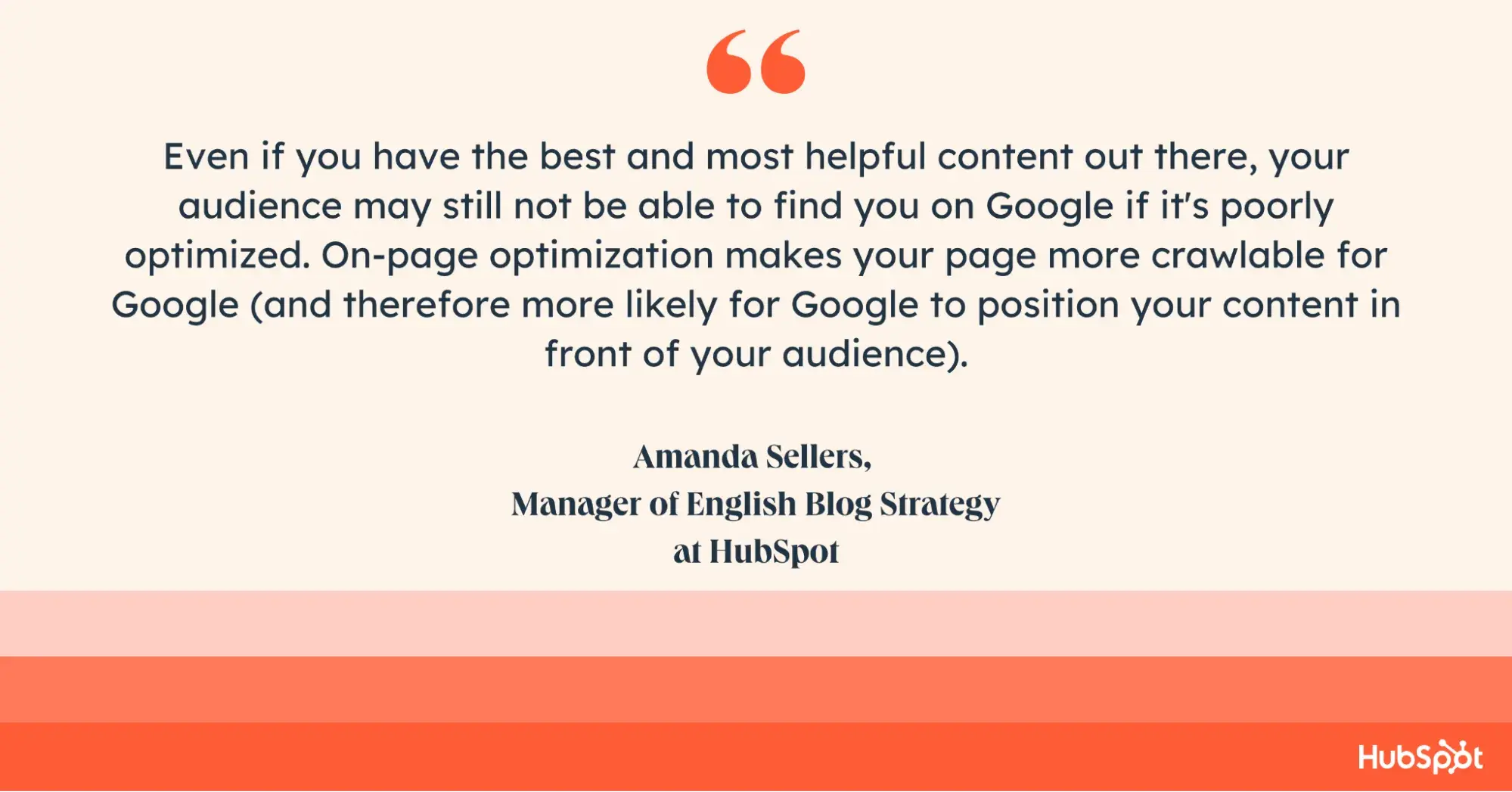
4. Speed up your website.
Website speed is a critical component of the user experience — on any device.
Google began incorporating mobile page speed in 2018 as a factor in search rankings, making improved performance a factor in favorable results. According to Cloudflare, “Walmart discovered that improving page load time by one second increased conversions by 2%.”
There are dozens of ways to improve website speed, including:
- Reducing redirects so pages load quickly.
- Limiting the number of third-party HTTP requests.
- Optimizing images so they’re smaller and take less time to load.
- Implementing lazy loading that allows images to load upon scroll, instead of loading all images right away.
We’ll discuss these components in more detail below.
5. Revisit Old Content.
Revisiting old content is an essential part of SEO optimization that many overlook. As my website grows, it‘s natural to have some posts that underperform or become outdated over time. Regularly analyzing and updating this content can significantly improve my website’s overall SEO. Amanda Sellers agrees.
“Things change. Competitors publish competitive content. Algorithms get tweaked. SERPs evolve. Content gets outdated, broken, or less competitive. Al arrives on the scene. SEO is not a ‘publish once then done’ activity. A comprehensive optimization strategy includes protecting the traffic from your existing pages and posts,” Sellers says.
Here’s how I approach updates for my site and my clients:
- Analyze where traffic drops are happening and republish old content.
- Find opportunities to improve ranking on content that never previously ranked.
- Evaluate competitors and find out where they're surpassing you in quality.
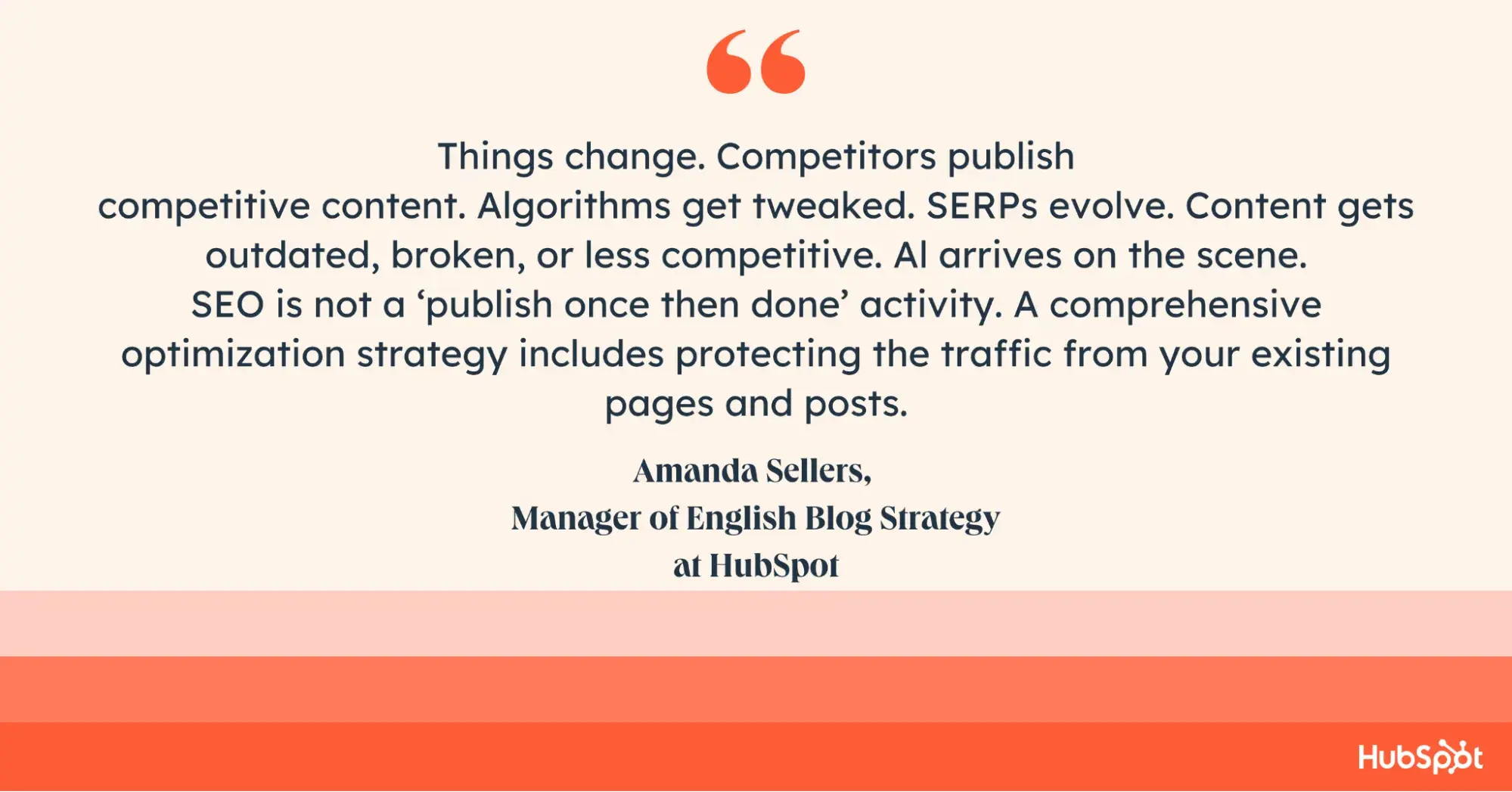
Website Optimization for Conversions
1. Review current user behavior.
Your return customers are often your most valuable. And your website has a major impact on whether your customers come back. 42% of people will leave a website because of poor functionality.
But website optimization can make a difference. Recent research from Google says that even a slight decrease in the time it takes to load your site on mobile can improve conversion rates.
You can improve the experience for your website users by tracking the actions they take on your site. Be sure to make time to review:
- Pages and links that return customers click on.
- How users scroll down a page.
- Where users drop off or bounce from your website.
I recommend using tools like Google Analytics and Search Console to track clicks, scrolling, and session recordings. Again, small changes can have a big impact, so this is a great place to start if you're looking into website optimization for conversions.
2. Measure and monitor.
Effective optimization means ongoing measurement and monitoring to secure long-term ROI.
Conversion rate is the percentage of website visitors who converted. It's up to my business which conversions it measures. I might want to limit conversion tracking to leads and sales.
Other conversions I can track include:
- Trial signups.
- Email subscriptions.
- Button clicks.
- Account creation.
Once I set up these conversions and their goals, I can calculate my conversion by using the simple formula below:
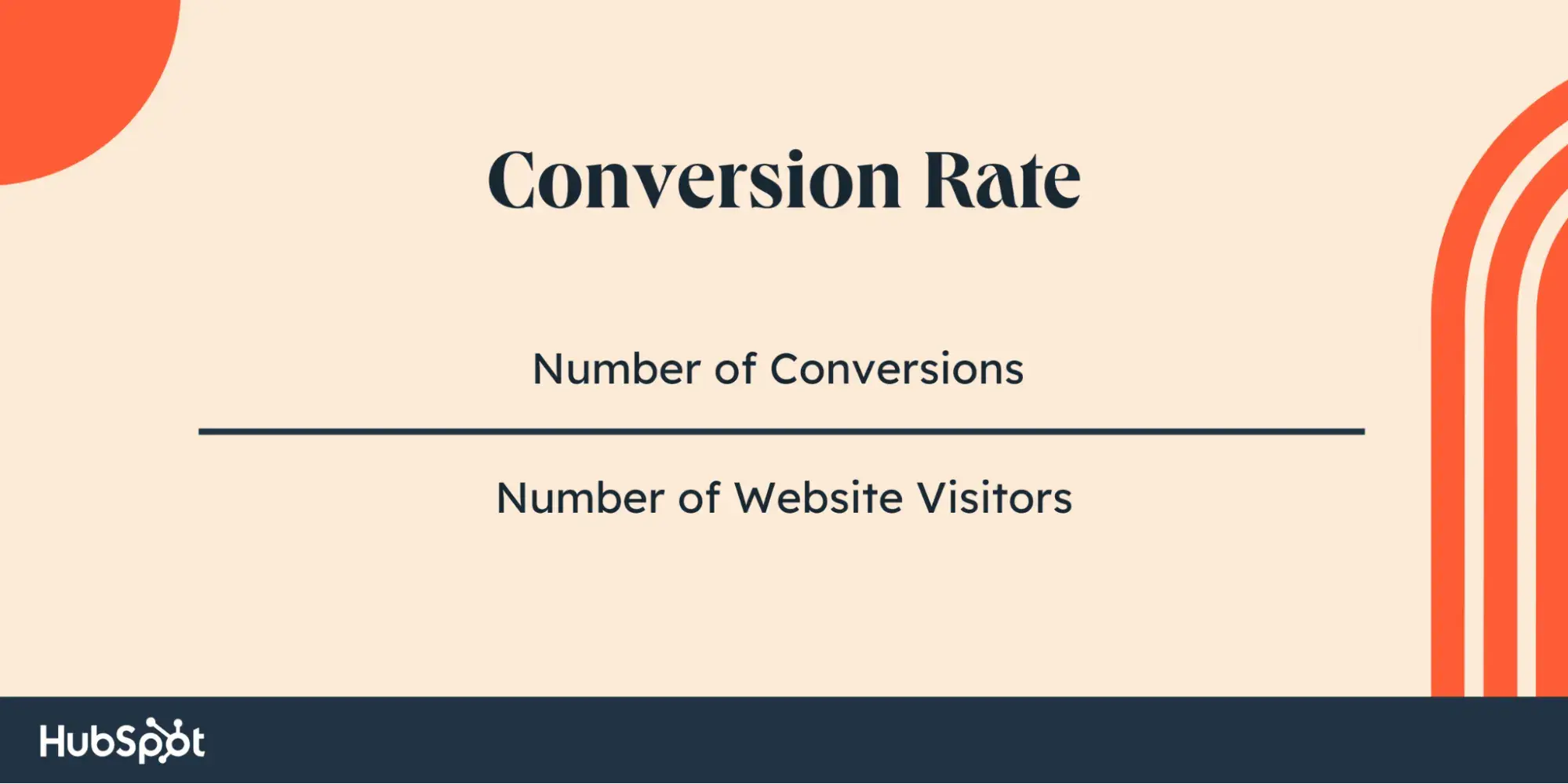
This number can simplify goal setting. It also helps me measure my website performance. Regular evaluation of website optimization efforts helps keep my conversion strategy on track.
Image Optimization for the Web
1. Compress your images.
The goal of any image optimization strategy is to improve website performance. And the single best way to do that is by compressing images on my site. If my image file sizes are too large, they‘ll slow down my site’s load time. Visitors won‘t wait around for them to load before bouncing. If my images aren’t high-quality, they can erode trust in my brand.
Compressing images is a crucial component of any broader web optimization strategy. To learn more about compressing images, check out the post on image compression.
2. Consider a CDN.
CDN is short for content delivery network. Essentially, a CDN makes your site load from a server closest to the end user. For example, I have clients from around the globe. If a client accesses my site from the U.S., they’ll connect to a server in Massachusetts. If another client is in the U.K., they’ll connect to a server in London.
CDNs speed up load times for web and mobile site visitors. They also make the website more reliable, even during traffic spikes. For many site owners, it’s worth the cost, and a CDN is often a feature of web hosting plans. Several HubSpot plans include a free built-in CDN.
3. Optimize your image alt text.
Descriptive image alt text is essential to get your images ranking in search. I start by giving my images file names that succinctly describe what they display. Then, I do the same for the image alt text.
When in doubt, err on the side of plain language and straightforward descriptions. Superfluous image details can penalize your ranking.
“Alt text not only makes your site‘s images more accessible for vision-impaired users, but it also helps Google understand what your images are about as it crawls your site. It’s a win/win for you (better optimization) and your users (better experience),” says Sellers.
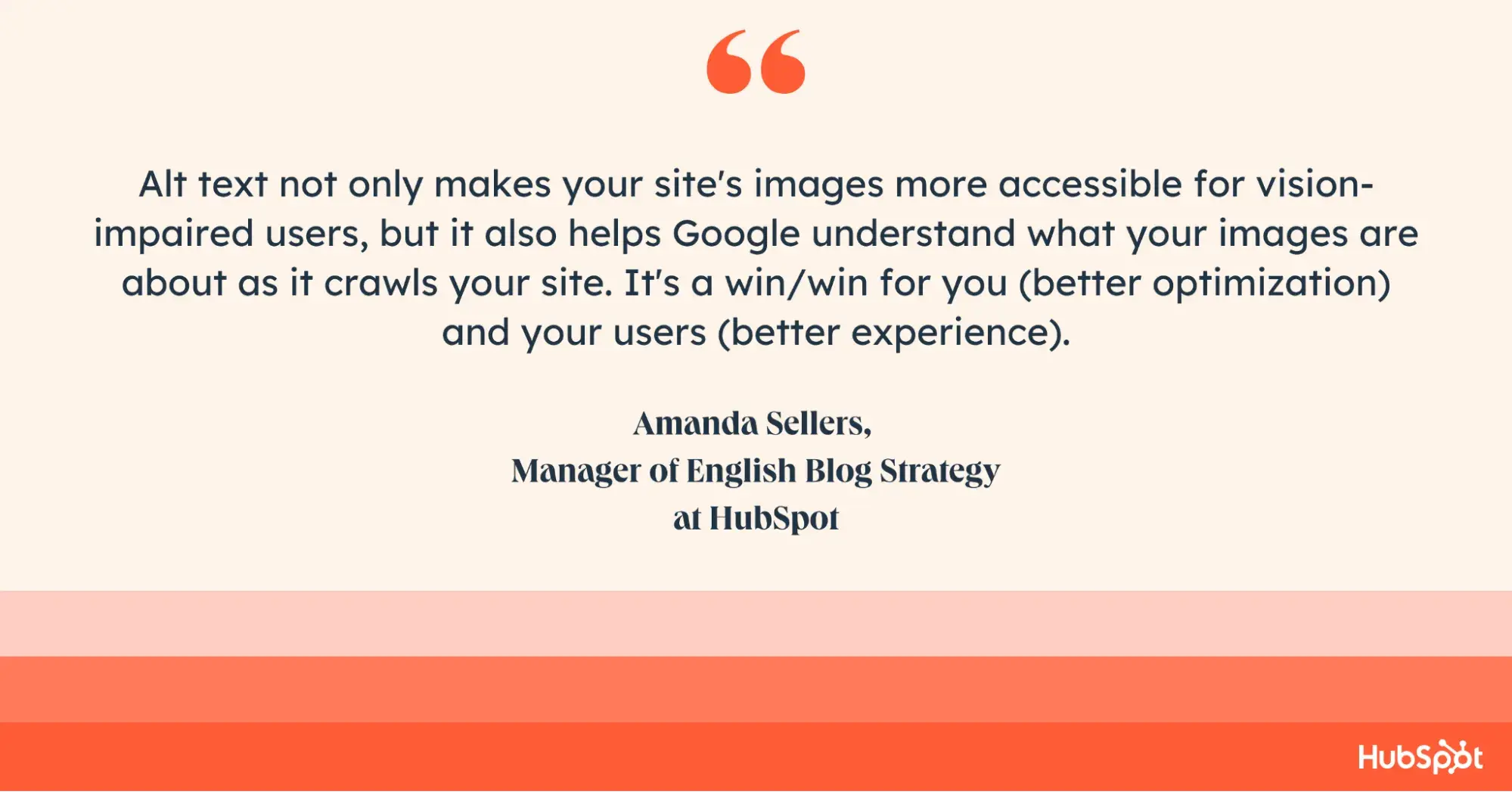
4. Add images where they're needed.
Adding images to pages is another way to provide a better website experience for the reader, says Basha Coleman, a senior marketing manager at HubSpot.
“The image SERP gets a ton of traffic and provides a better on-page experience for readers who like to consume visual content along with written content,” Coleman says.
According to Coleman, adding images where they're needed is the unsung hero of website optimization. “It unlocks a new dimension of the search engine that is accessible to anyone with a website domain and a free graphic design account like Canva,” she notes.
To see what pages could benefit from the addition of images, I use a keyword tool like Ahrefs to find keywords my site is ranking for that have image packs and thumbnails.
If you don't have access to a tool like this, you can use a combination of Google Search Console (free) and an incognito browser. First, source keywords on Google Search Console. Then, use your incognito browser to search for these terms and see if image packs appear.
If they do, add images that can compete with the ones already on the SERP. Your page will be better positioned to win traffic from both your webpage URL and the image URL.
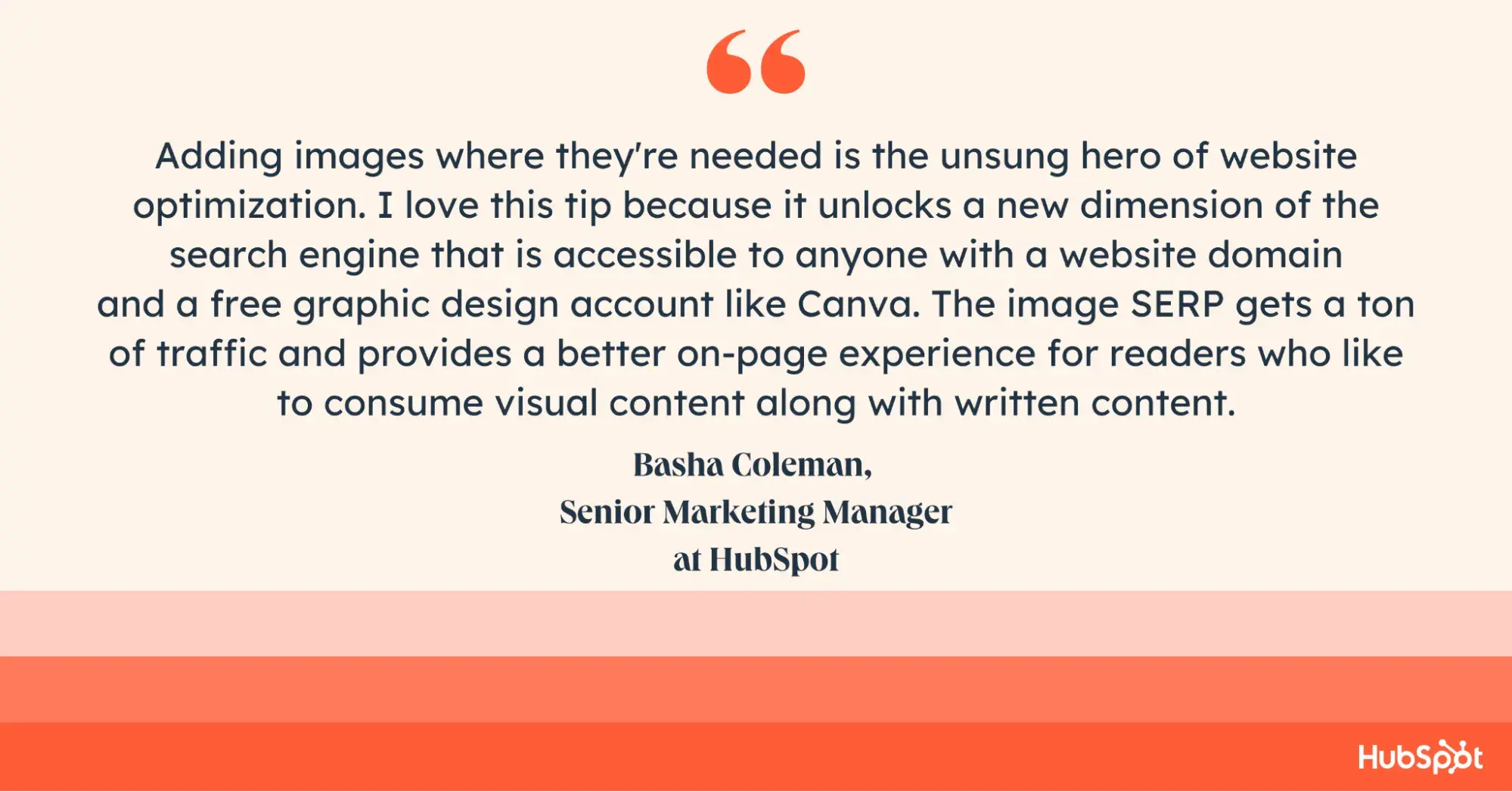
More Tips for Website Optimization
1. Back up your site before making changes.
In my business, I have a habit of backing up my website daily or even hourly. There are many reasons you should update your site consistently, including:
- Security incidents.
- Hard drive or hosting issue.
- Plugin errors.
- Accidental deletion.
When working on my website, it's essential to back up the site before making changes. If anything goes wrong, I can restore my saved version easily. I always feel more confident making changes to my site when I have a way to reset if I hit a roadblock.
2. Test and document changes as you update your website.
Besides the A/B and multivariate tests mentioned above, you'll want to run tests as you make changes to optimize your website.
This can be as simple as running through the same process your users do. You want to make sure that your changes are appearing and functioning the way you’d like.
It‘s also a good idea to monitor your website analytics. Checking your analytics after changes can help you ensure that your updates didn’t break or alter anything on your site.
It's also a good idea to document the details of each update as you make them. If your traffic or conversions drop over time, these details can help you focus on specific changes that could have caused the shift.
Website Optimization Tools
While the right techniques can help boost the impact of my site’s content and marketing campaigns, the right tools can help streamline the process. Here’s my list of useful options to help your site maximize optimization efforts.
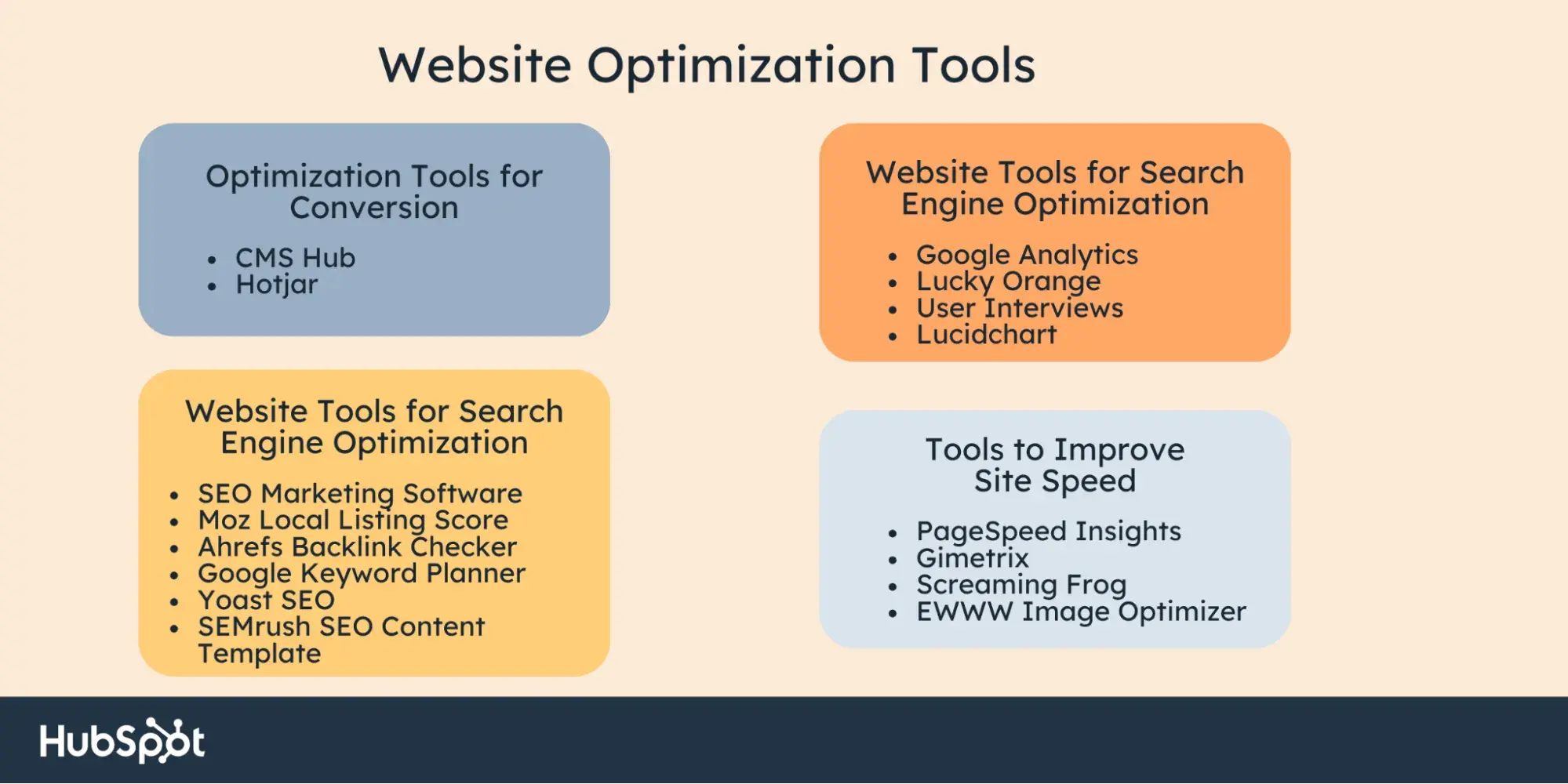
Optimization Tools for Conversion
1. Content Hub
Best for: Conversion rate optimization
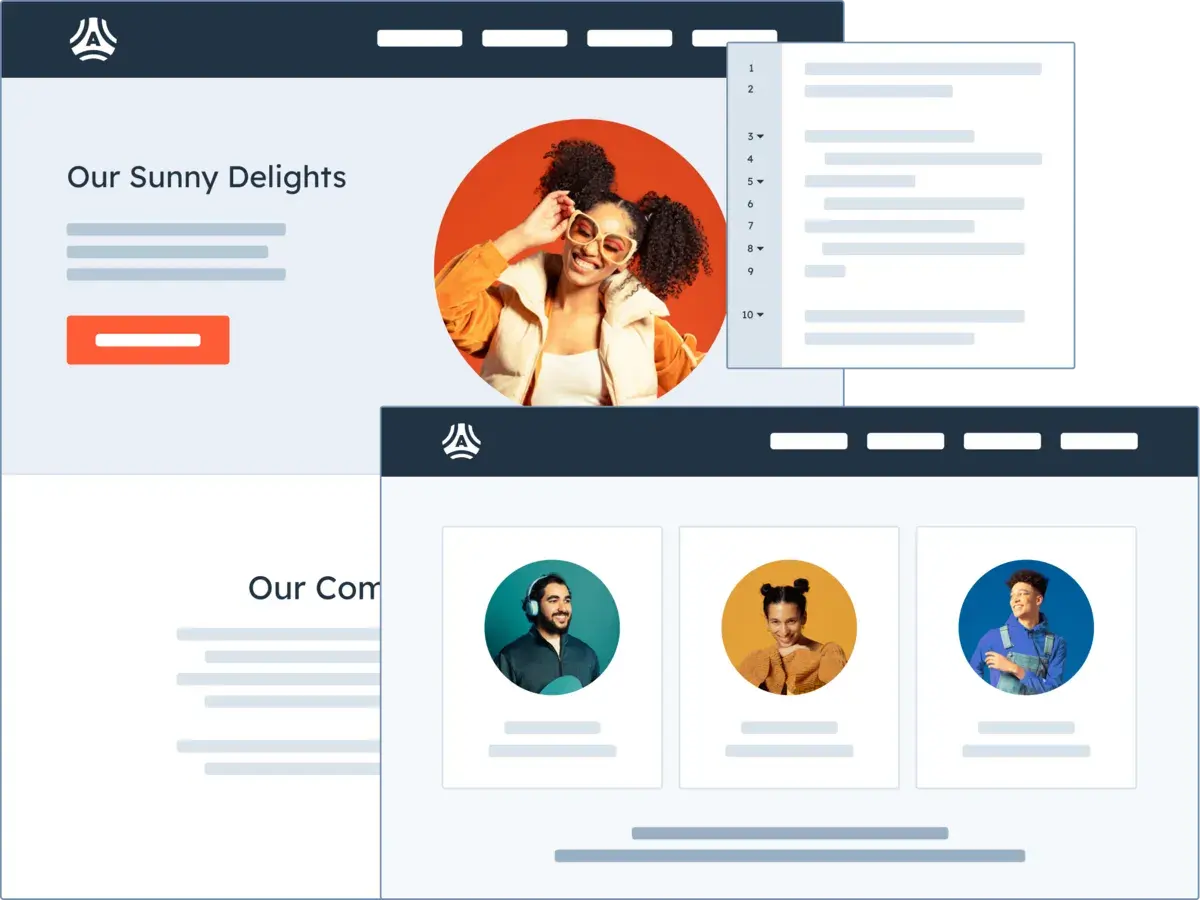
Website optimization is much easier with the right content management system. That’s why I’m starting this list with Content Hub. This feature-rich solution from HubSpot comes complete with optimization tools for marketers, developers, and IT teams alike. These tools include built-in SEO recommendations, adaptive testing, and contact attribution reporting.
When using Content Hub, I appreciate how easy it is to build a website — no coding required. All you need to do is drag, drop, and use the features that come with the CMS right out of the box.
What I like: Optimized web pages can be easily created, managed, and personalized for different visitors and modified to suit specific device types or conversion objectives.
2. Hotjar
Best for: Tracking user conversion behavior
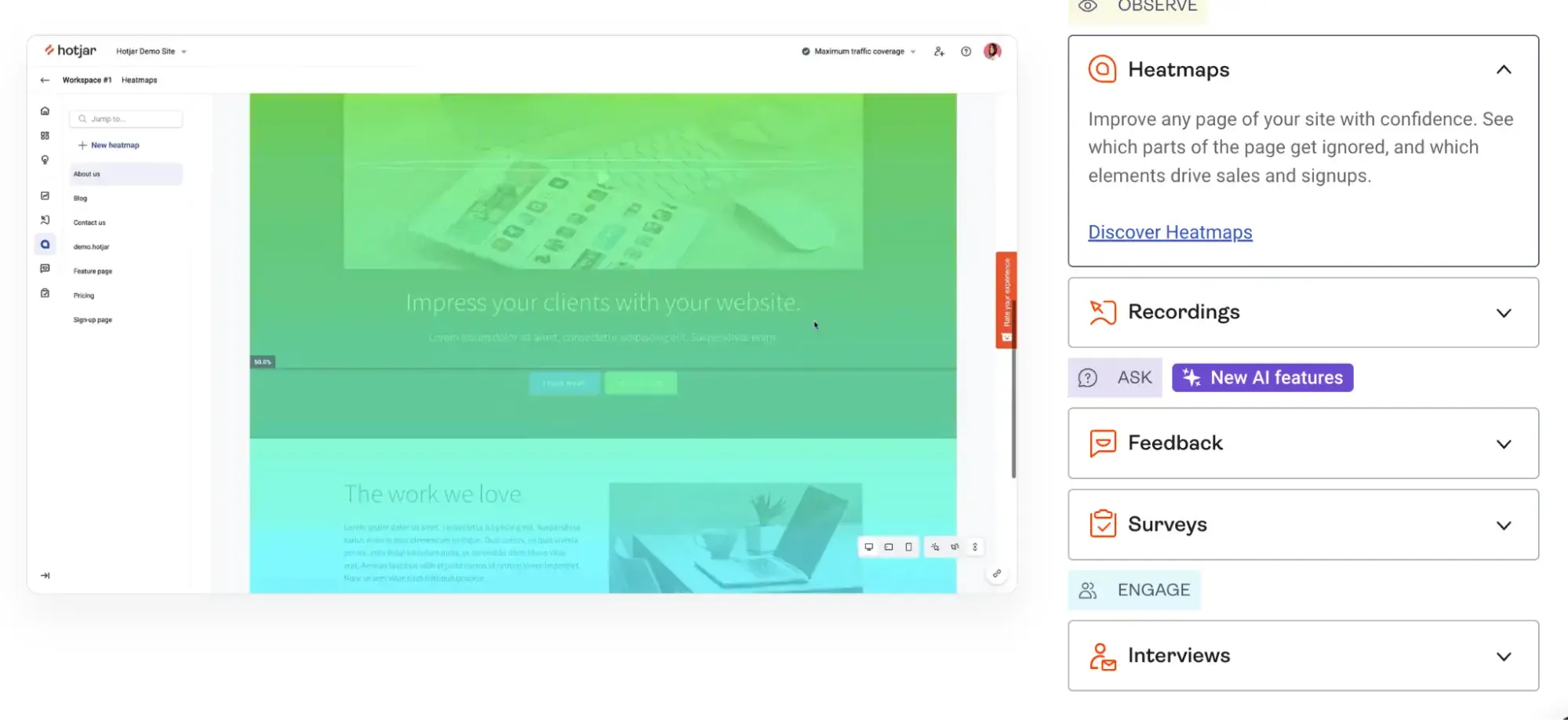
Hotjar creates heatmaps of user behavior, so you can see where your users spend time on your site. You can identify points of friction, find your most compelling CTAs, and see which images catch your visitors’ eyes.
Beyond that, you can ask users directly what they like about your site. Hotjar allows you to send surveys and create feedback mechanisms throughout your site. Nothing is more valuable than advice directly from your audience.
What I like: Hotjar’s features help me better understand how my customers and prospects are engaging with my website.
More resources for website conversion:
- Free Conversion Rate Optimization Resources
- Conversion Rate Optimization Guide
- More Conversion Rate Optimization Tools
- How to Increase Your Conversion Rate
- Conversion Strategy Lesson
Website Optimization Tools for User Experience
3. Google Analytics
Best for: Audience and content analysis
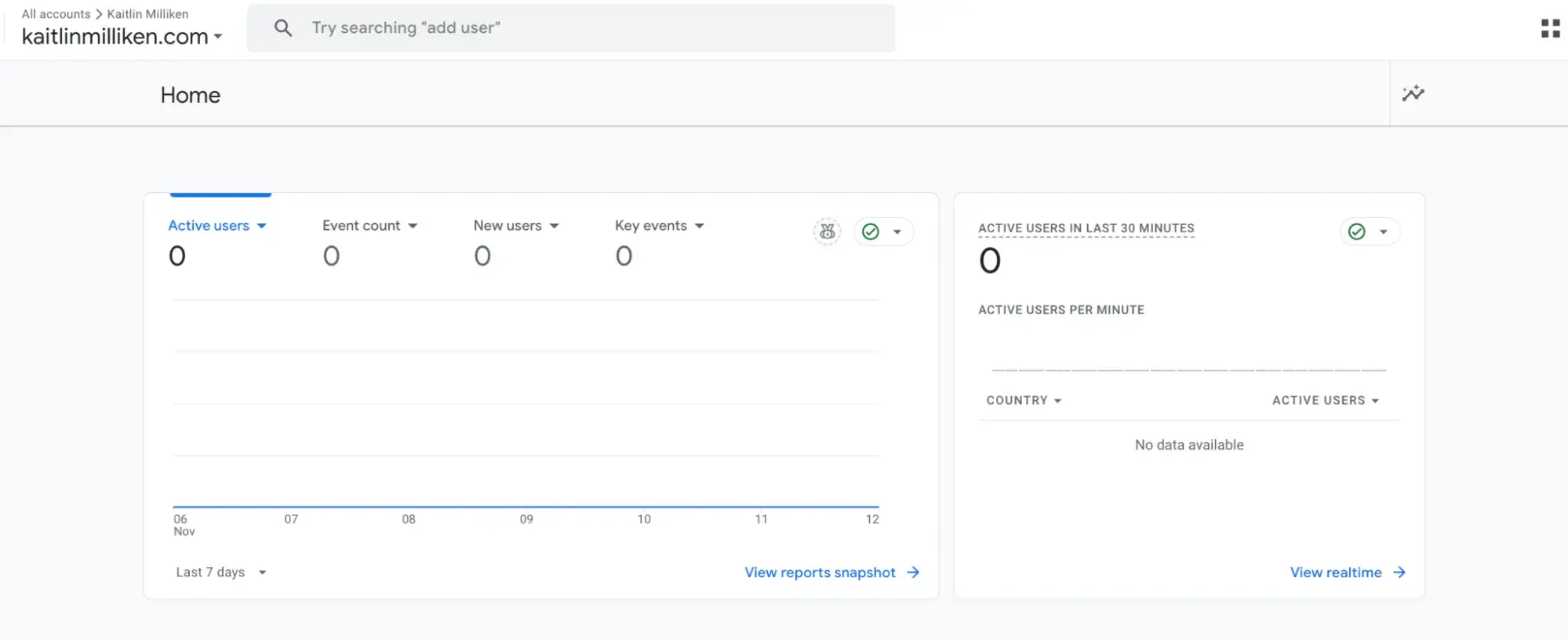
If you want to know how your site is performing across the world’s biggest search network, start with Google Analytics. This free tool gives both critical site metrics and actionable data about user behavior at scale to help better tailor online content and campaigns and rank higher in search results.
Pro tip: When I use Google Analytics, I take note of my most visited pages. If traffic drops or I notice fewer conversions, I can then make changes and kickstart the optimization process.
4. Lucky Orange
Best for: UX research
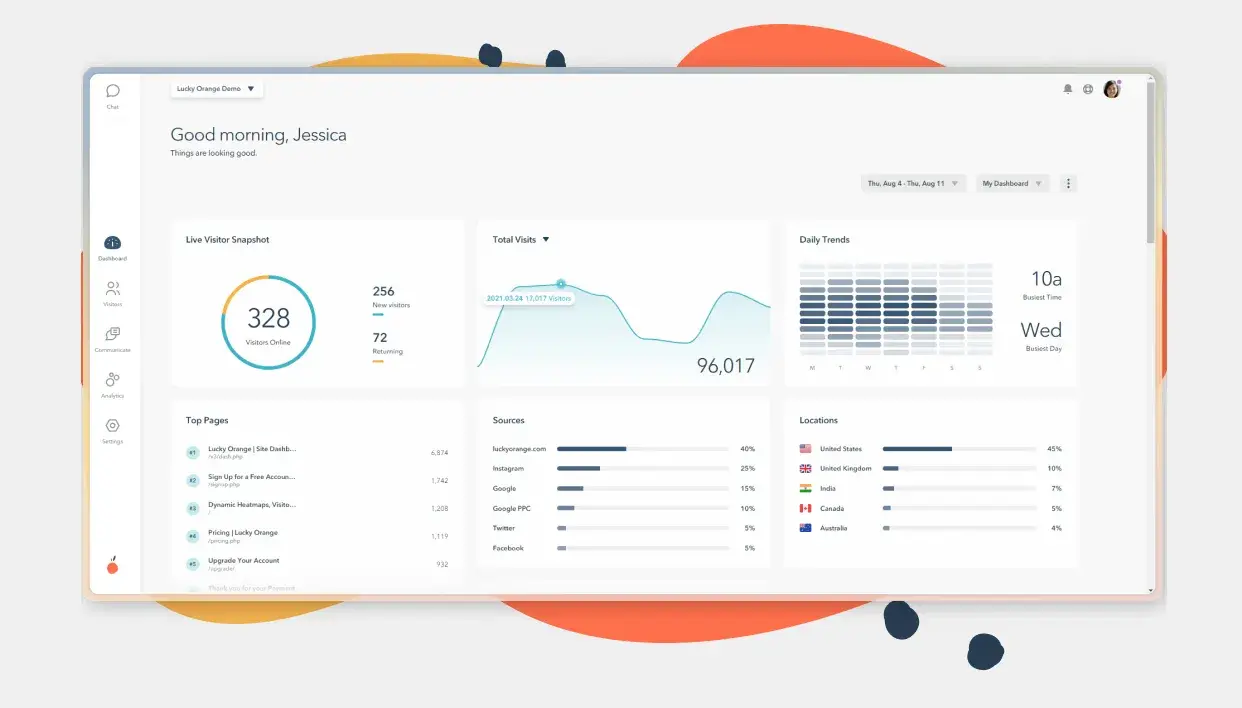
Lucky Orange is another tool that generates heatmaps, records users' sessions, and surveys users. This solution also includes live chat so you can reach out to your visitors as soon as they have a question. All of these features together allow you to develop a deep understanding of your audience.
What I like: When I tried Lucky Organe, I found the dashboard easy to navigate. The clean interface helped me see user behavior, without overwhelming me with too much information.
5. User Interviews
Best for: Collecting user feedback
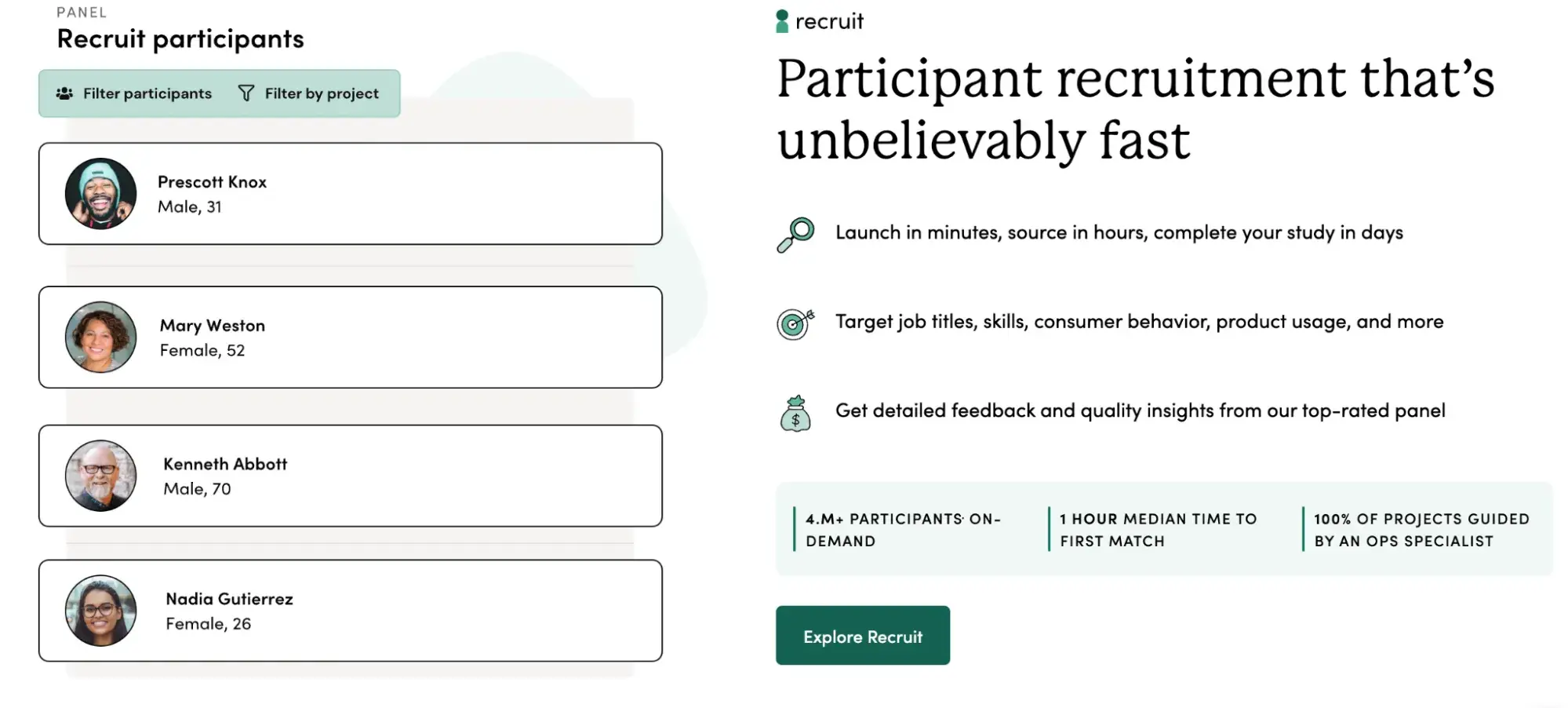
Feedback is the lifeblood of the optimization process. I’m sure you’ve noticed that theme throughout this article. While quantitative data is valuable for any data-driven strategy, I believe you can’t rely on numbers alone. Anecdotes from customers can improve your website optimization.
User Interviews make it simple to collect qualitative data from a large pool of qualified users. This audience can help you quickly answer your most urgent UX questions. Many companies conduct this kind of research independently. But, this tool streamlines the process and makes it more cost-effective for smaller businesses.
What I like: User Interviews makes running a test easy. I don't need to spend the time recruiting participants myself.
6. Lucidchart
Best for: Website design and workflow
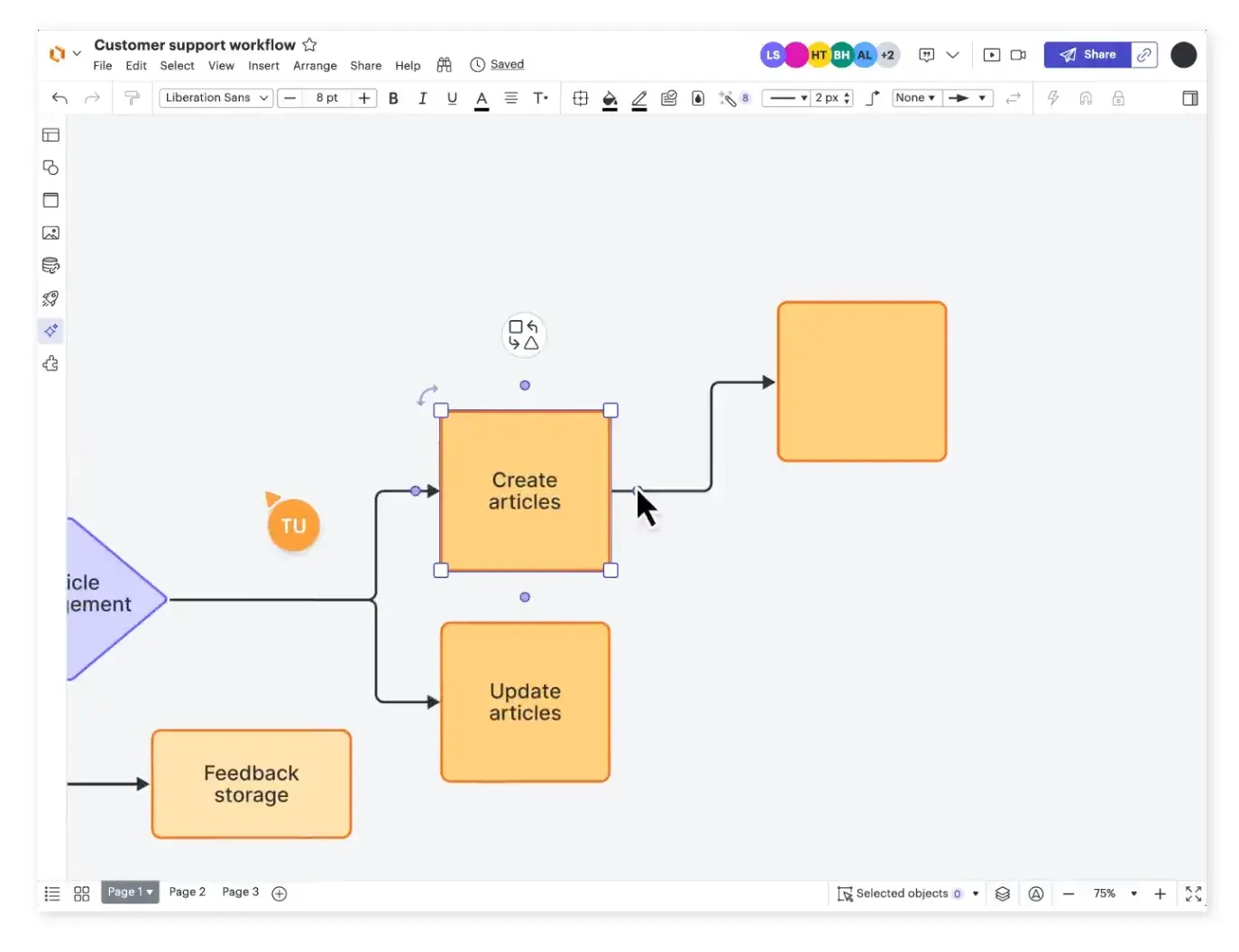
Optimizing your website isn’t just about making changes in a CMS. You need to organize a team to divide and conquer. If project management is where your team struggles, Lucidchart can help.
Lucidchart makes it easy to put research, user insights, and workflows into a single collaborative space. You can also build wireframes, so you can sketch out your ideas before making changes to your site. I always find this mockup process helpful, as I can visualize changes early in the process.
What I like: Lucidchart offers mockup templates. When I’m struggling with the design elements of my site, I have somewhere to turn.
More user experience resources:
Website Tools for Search Engine Optimization
7. SEO Marketing Software
Best for: All-in-one tracking and SEO
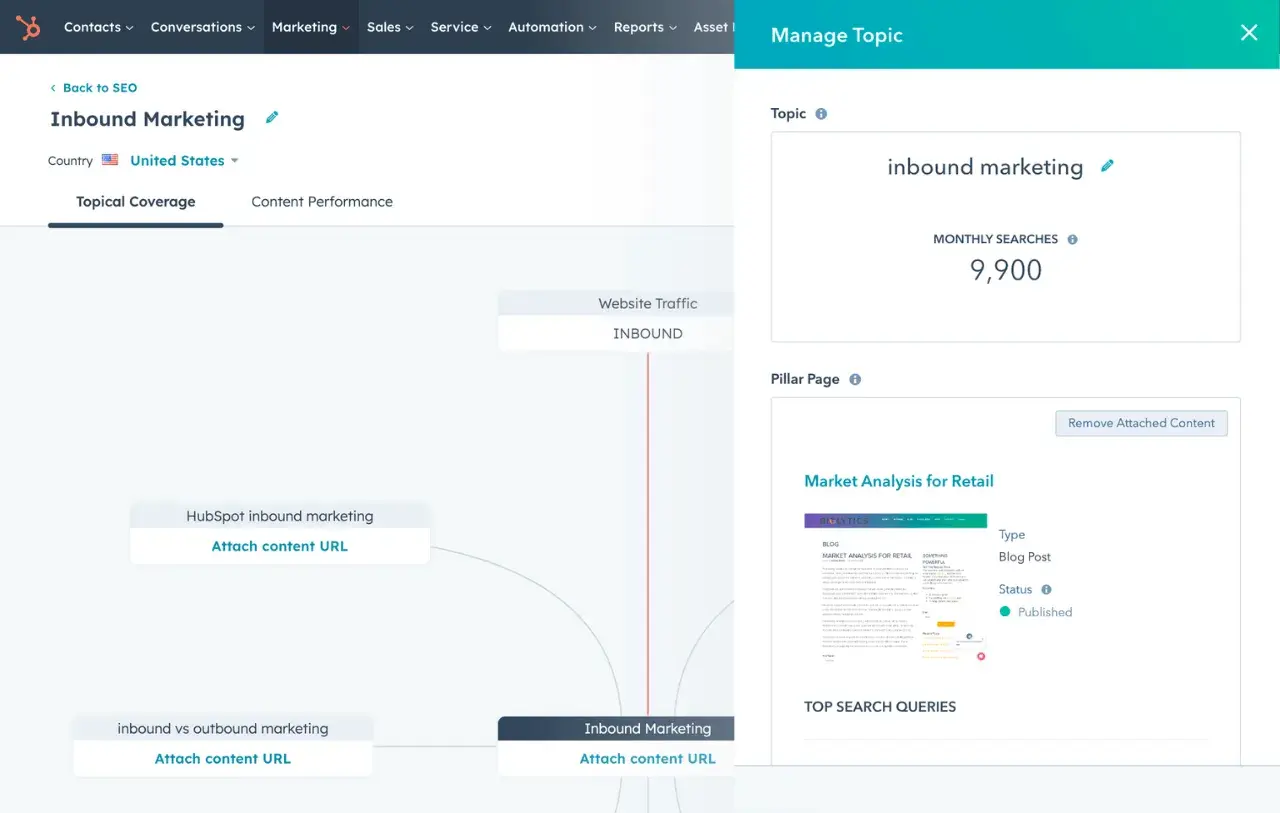
I’ve talked a lot about SEO in this article, so it’s fitting to include an SEO-specific tool. HubSpot can streamline your SEO by pulling your team, tools, and data together into a single platform.
With this tool, I can use the SEO recommendations as I create web pages. It also makes SEO easier by helping me:
- Analyze SEO metrics for my site topics.
- Help me find the best keywords for my site.
- Optimize content for my keywords.
- Track competitor SEO performance.
- Check backlinks.
What I like: I can keep track of keywords that are essential to marketing my business.
8. Moz Local Listing Score
Best for: Local SEO
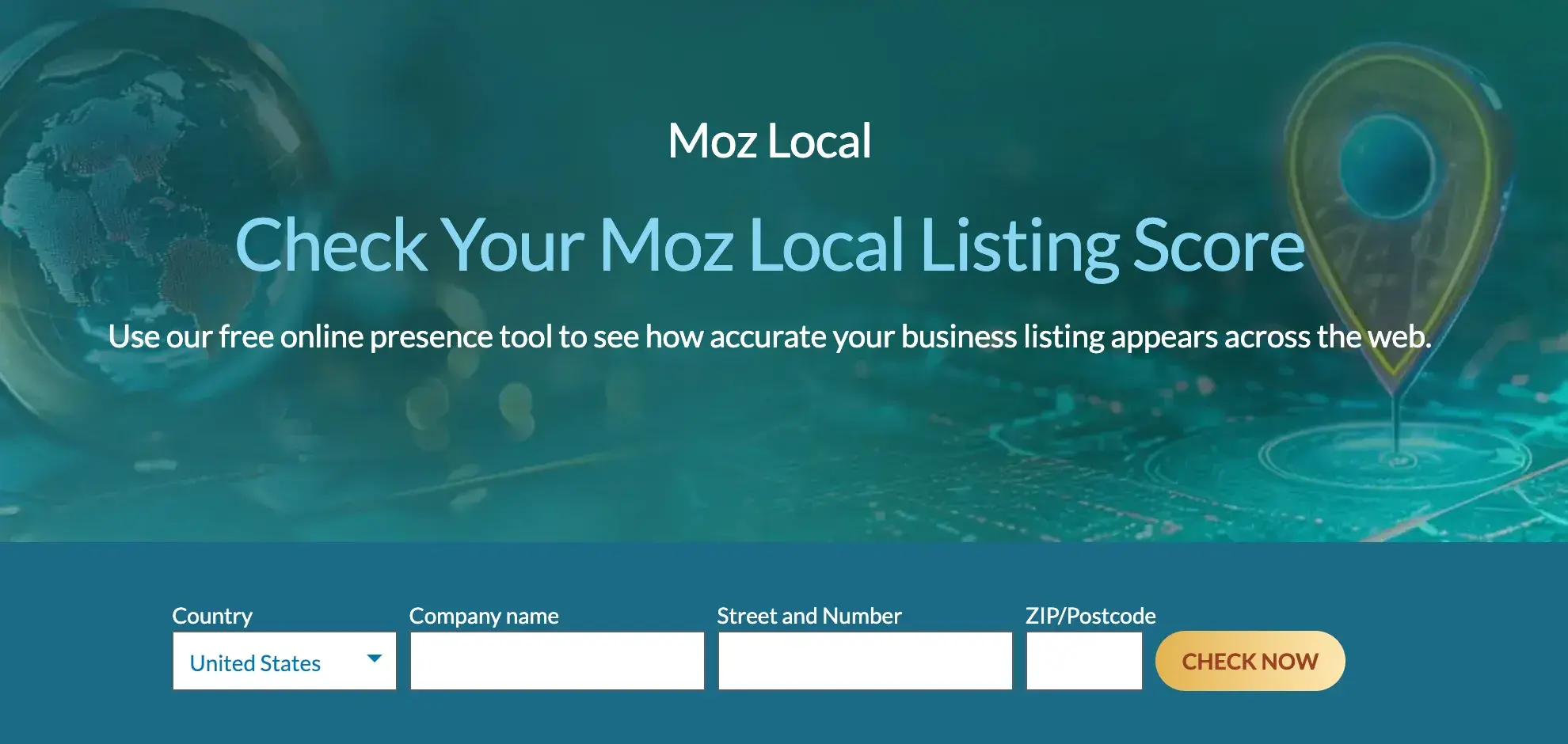
Moz uses multiple data sources to see how your local business listings are performing across the web. Designed for companies with brick-and-mortar storefronts, Moz shows how your listings compare. The tool also offers suggestions to help correct inaccurate data or supply more detailed, SEO-friendly information.
Basic Moz checks are free, while more in-depth results come with a monthly fee.
What I like: Moz takes location into account, helping businesses target potential customers in their area.
9. Ahrefs Backlink Checker
Best for: Backlinks
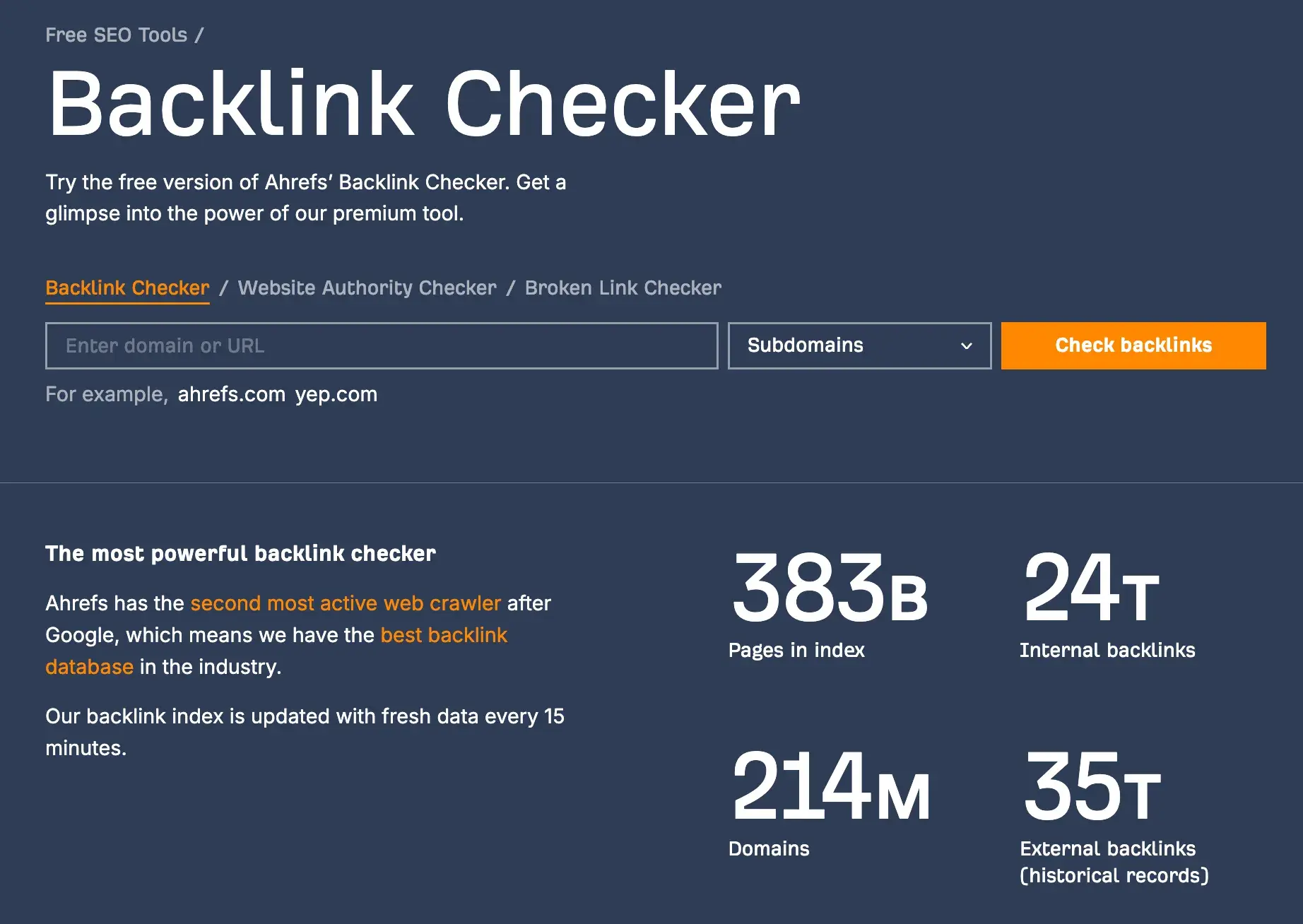
As noted above, great backlinks can help boost your site’s ranking in search engines and drive referral traffic.
Ahrefs Backlink Checker lets me see the top 100 backlinks to my site to help improve my linking strategy and drive better search results. The trial version of this tool is free, while the premium option comes with a monthly cost.
What I like: I use this backlink checker to evaluate competitor sites and capitalize on gaps in keyword strategies. Basha Coleman agrees.
“To get a sense of whether your content is meeting the needs of the reader, look at competitors on the SERP for your target keyword. Your content should answer the same questions they do, but better. Keep your content concise and to the point to help the reader get what they need with few roadblocks,” says Coleman.
10. Google Keyword Planner
Best for: Keyword research
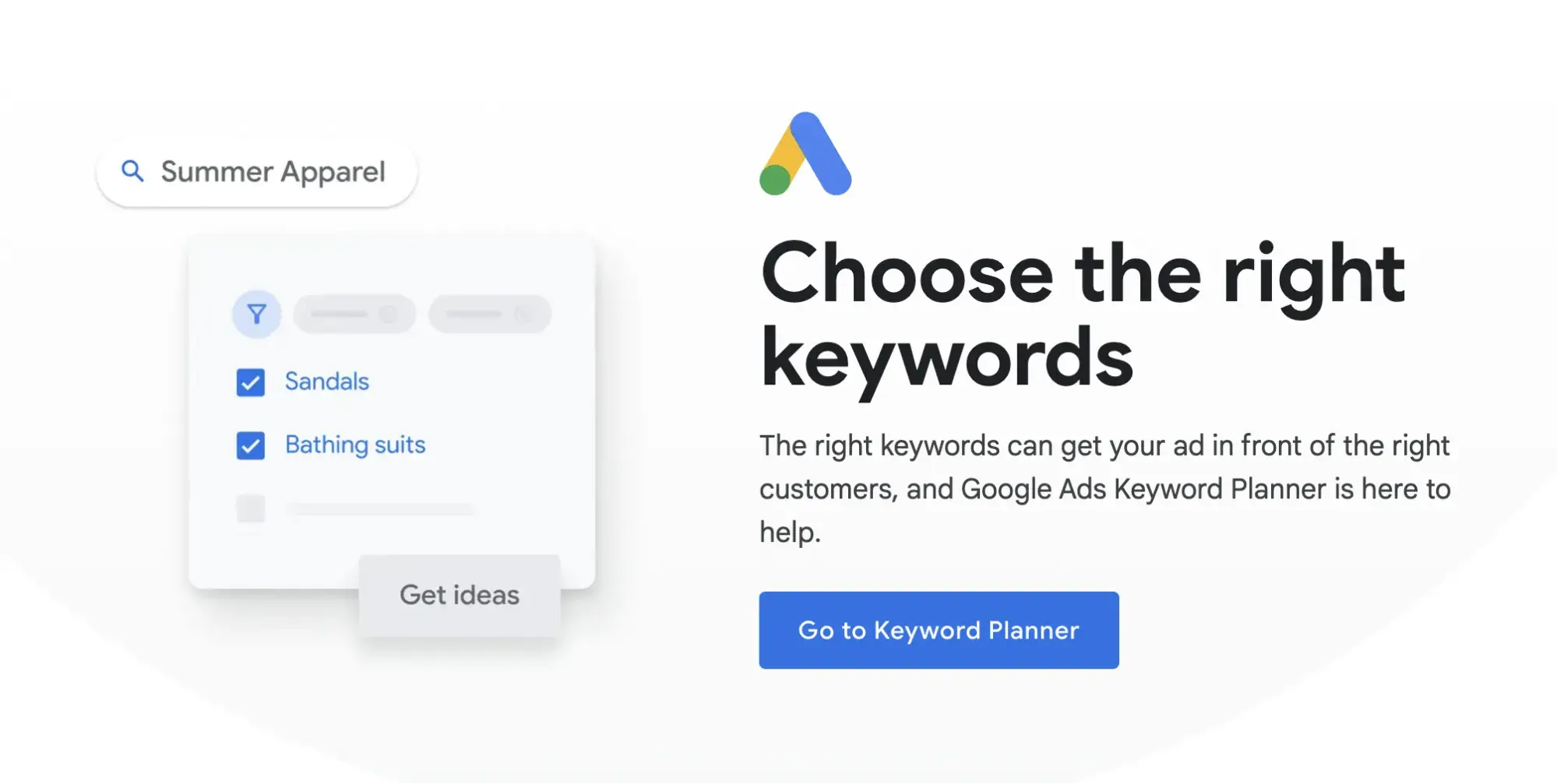
Google makes the list again with its keyword planner. This tool not only identifies the search volume of specific terms but also suggests potentially relevant keywords. You can pair these insights with marketing efforts so you can create high-ranking content.
I find that these keywords reflect user intent and may not be on my marketing radar. This can help open new avenues to boost my site’s overall relevance and ranking.
What I like: Google Keyword Planner is easy to use. I appreciate how intuitive this tool is, allowing me to jump in and get to work right away.
11. Yoast SEO
Best for: Readability and SEO
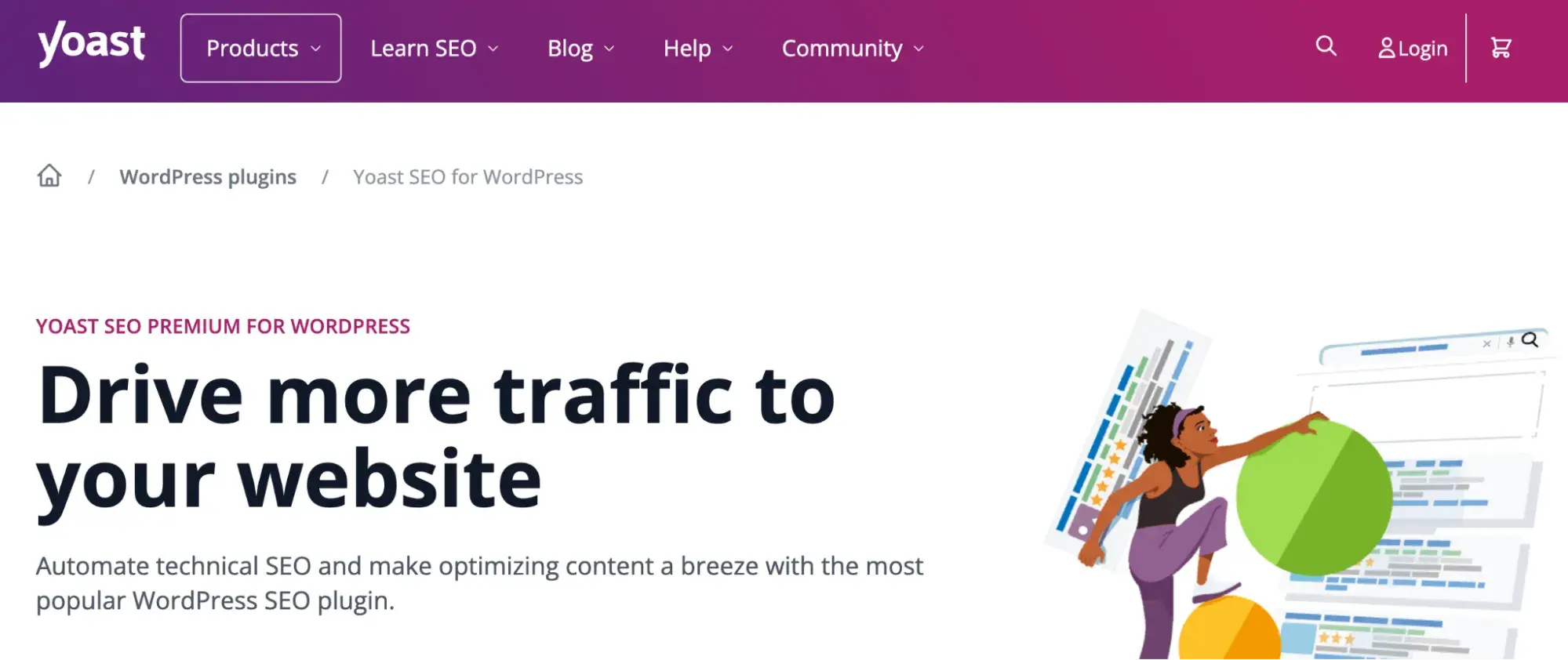
Historically, Yoast SEO has helped me improve my website‘s on-page SEO. It not only analyzes the readability of the text — it also analyzes its SEO. That means I’ll get suggestions for:
- Improving grammar, sentence structure, and reading level.
- Keywords.
- Optimizing meta descriptions and URLs.
- Internal links.
While some platforms like Content Hub will include these SEO recommendations automatically as I write, other platforms like WordPress, Magento, Drupal, TYPO3, and Neos CMS don't.
What I like: You can download and install Yoast SEO to help simplify the on-page optimization process.
12. SEMrush SEO Content Template
Best for: Competitor analysis
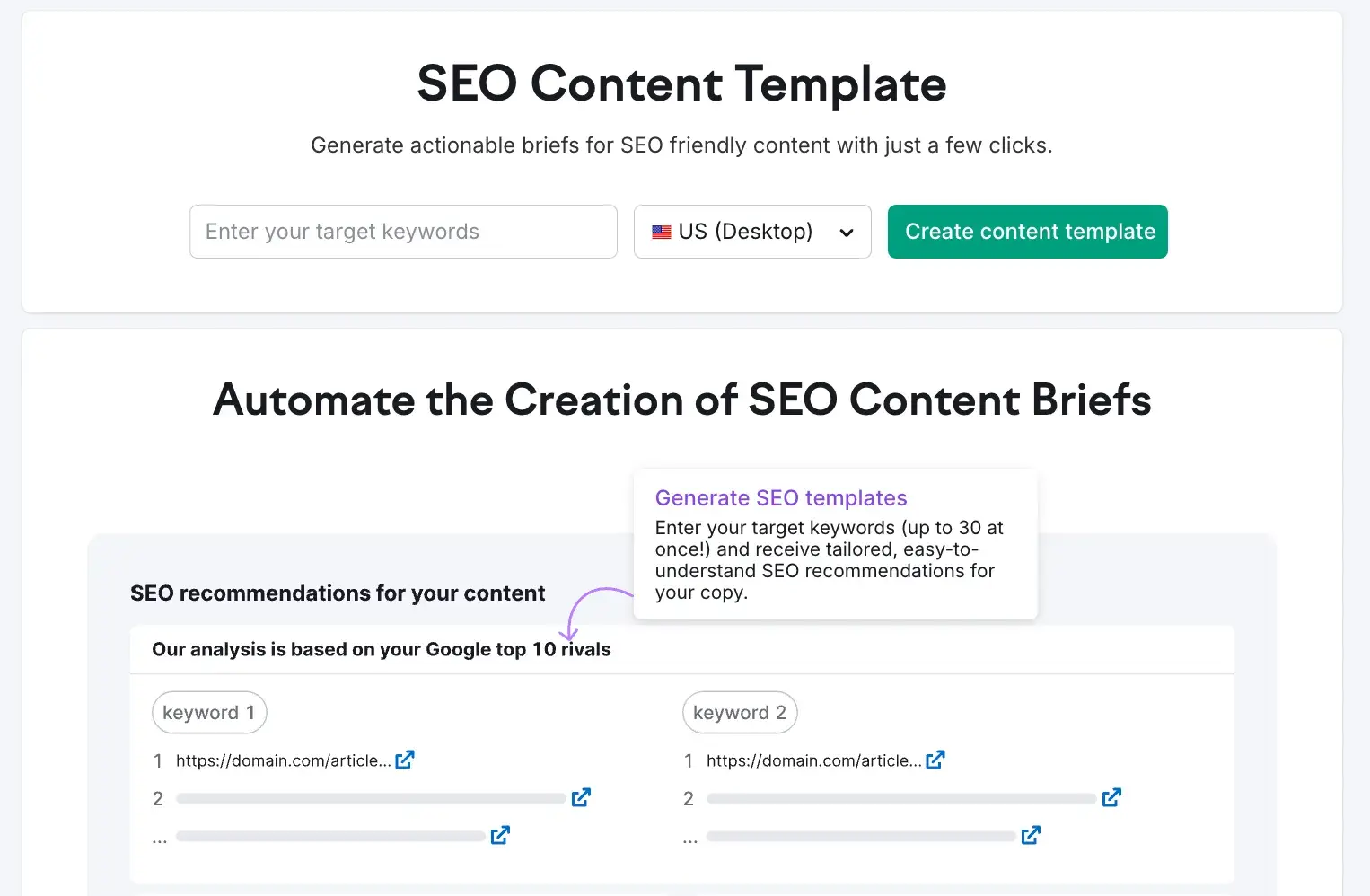
SEMrush can help me optimize my content before I start writing. With this tool, I can search keywords I want to target and see the top 10 competitors who are ranking for those keywords in Google.
Based on the current SERPs, SEMrush will offer actionable recommendations for how to write your own keyword-driven content. The following are just a few items these recommendations will mention:
- Semantically related keywords.
- Readability.
- Word count.
- Video usage.
- Page title.
What I like: SEM rush allows me to see where my competitors rank. This gives me a starting point for competitor analysis.
More search engine optimization resources:
Tools to Improve Site Speed
13. PageSpeed Insights
Best for: Speed optimization
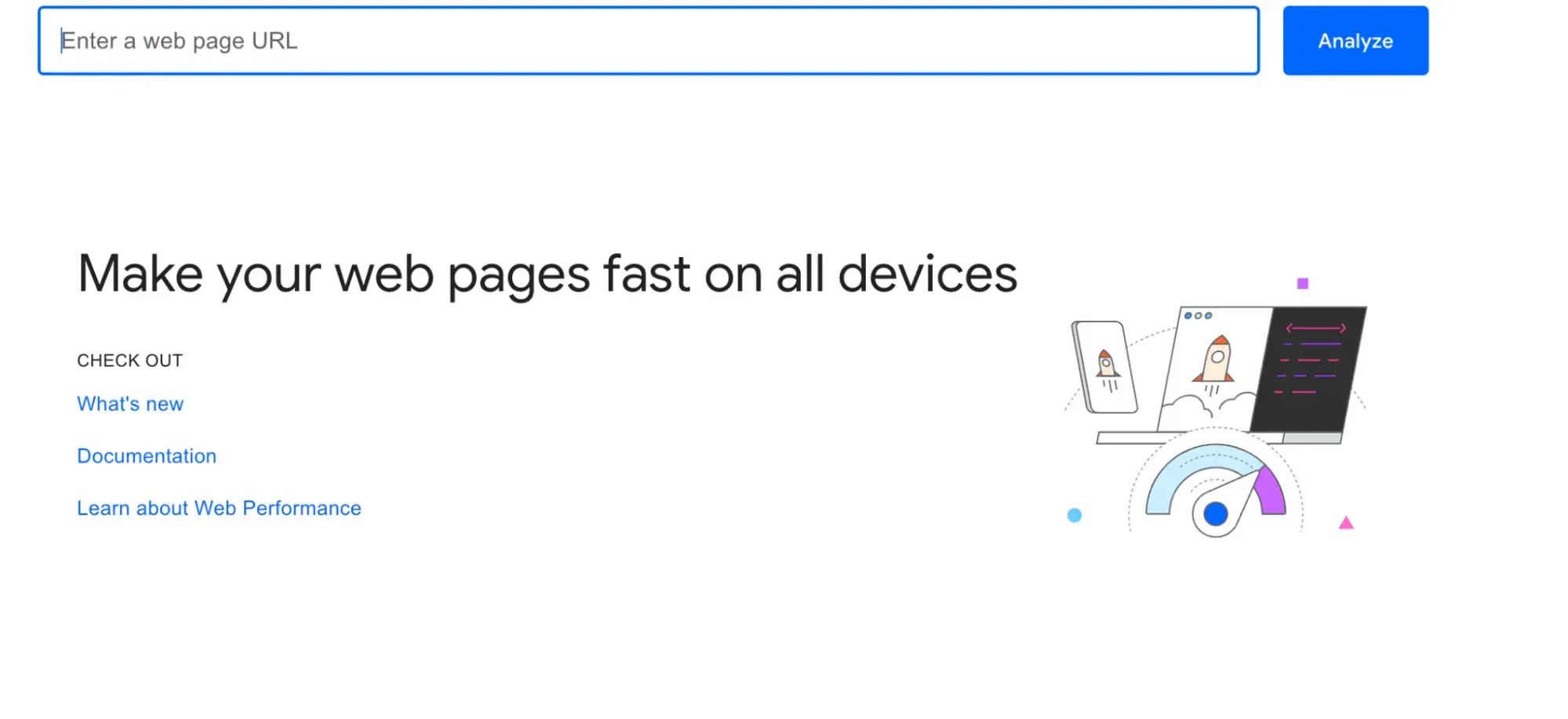
PageSpeed Insights offers an easy way to figure out the speed of my web pages on both mobile and desktop devices. It also offers suggestions on what might be slowing down my site.
I can just copy and paste the URL of the page I want to check into the tool, and then by clicking “Analyze”, a report will appear showing me what my users experience when they click on my site. It also includes a list of opportunities for me to improve page speed.
What I like: This tool includes data from the Chrome User Experience Report. It's also easy and free to use.
14. GTmetrix
Best for: Speed optimization
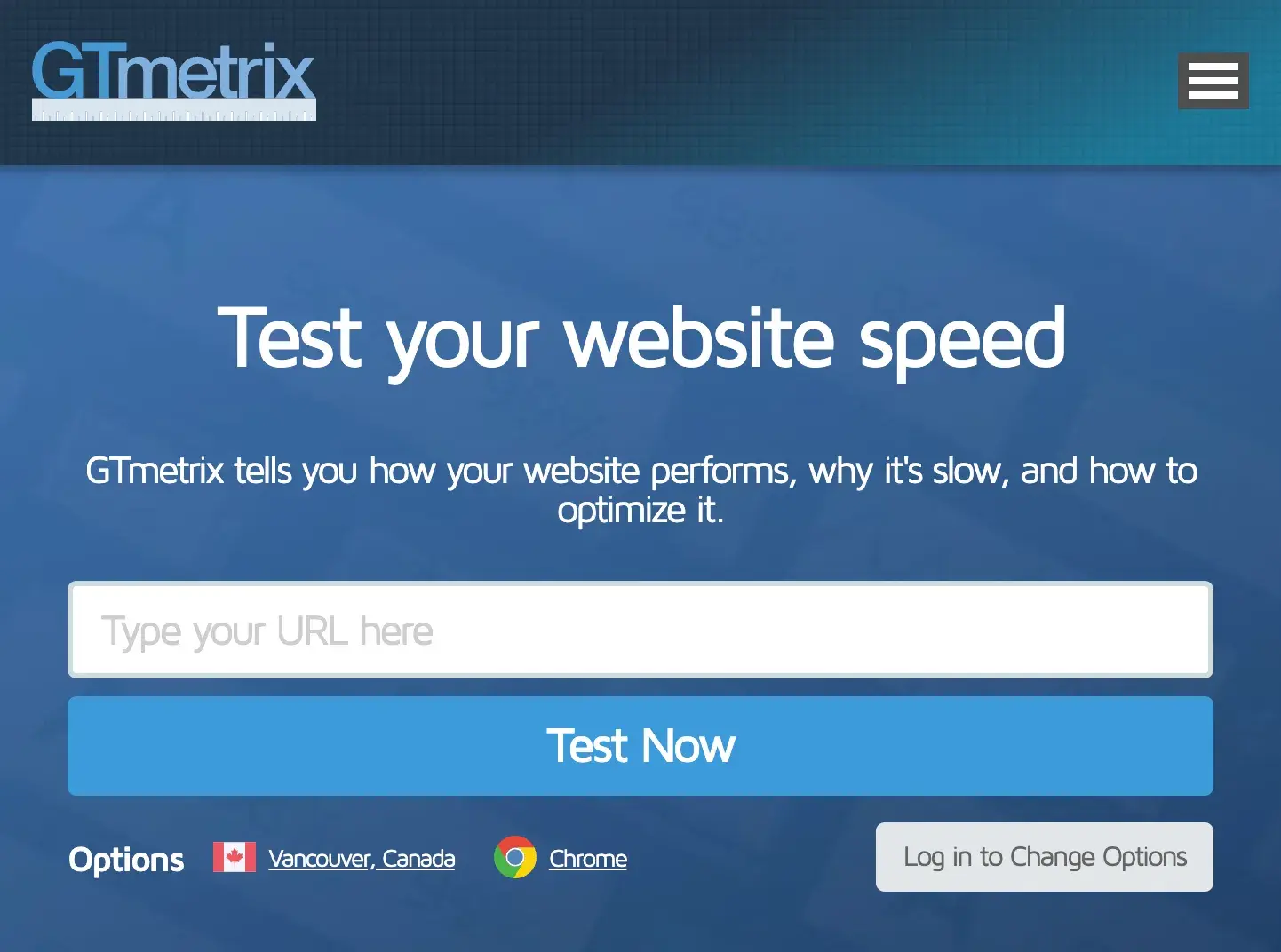
Google added page speed as a ranking factor for mobile searches in 2018 — and it has been a ranking factor for desktop searches since 2010.
If you don't want to spend resources on Magento speed optimization services, using a speed optimization tool like GTmetrix can help you understand how your site’s page speed impacts your rankings on both desktop and mobile.
What I like: With this tool, I can generate reports that break down my page performance, track my performance over time, set up alerts that notify me when a page underperforms, and more.
15. Screaming Frog
Best for: Overall site performance

Screaming Frog is an advanced site audit tool. I can use it to crawl my website the way search engines do. Each search engine is different, but this tool can help me:
- Find and repair broken links.
- Analyze page titles.
- Find duplicate content.
- Check page indexing.
What I like: Screaming Frog is much quicker than manually checking the website's performance. This saves me time throughout the optimization process.
16. EWWW Image Optimizer
Best for: Image optimization
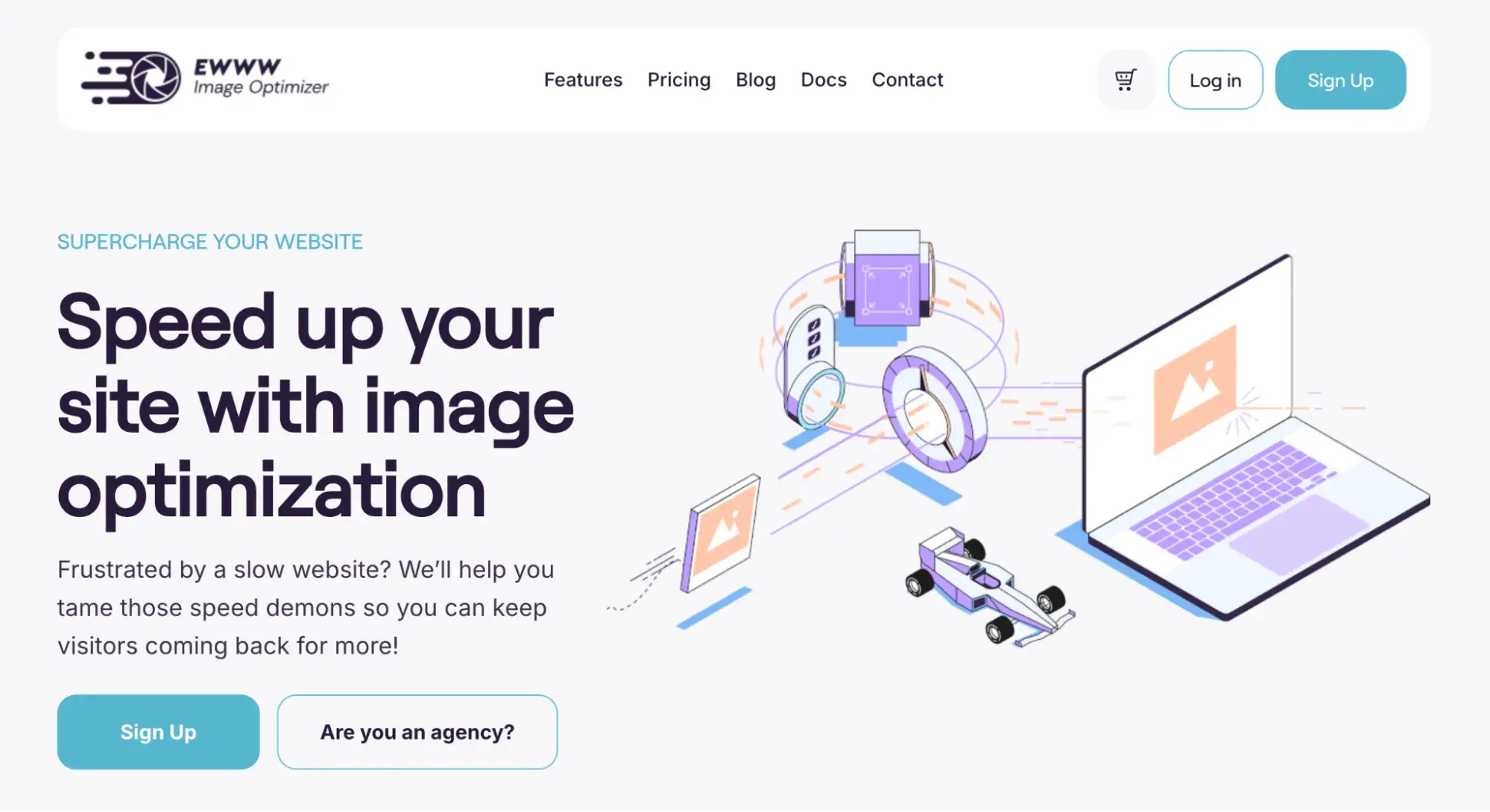
Compressing images without losing quality is an essential web optimization technique. However, compressing images manually can require a huge investment of time. A tool like EWWW Image Optimizer automates part of the process.
What I like: EWWW Image Optimizer has a CDN that automatically compresses and converts images as they are viewed. It allows for unlimited file sizes and can handle PNG, GIF, and WebP files.
More resources for website speed:
- Website Performance Guide
- Website Speed Strategies
- Website Performance Improvement Lesson
- How to Test Your Website Speed
Start Optimizing
Want to boost conversions and generate better ROI? Make sure your site gets noticed with targeted website optimization.
I would start with an evaluation of current site performance, then implement key strategies to capture the attention of popular search engine spiders. Finally, I would deploy the right tools at the right time to automate key processes and discover new optimization opportunities.
Once my website reaches its full potential, I can focus on other strategies that can help me grow better.
Editor's note: This post was originally published in November 2020 and has been updated for comprehensiveness.
Website Performance





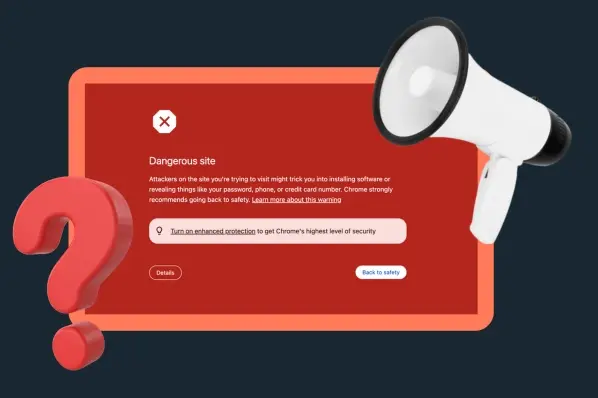


![7 Site Performance Challenges That Will Hold Businesses Back [Data + Expert Predictions]](https://53.fs1.hubspotusercontent-na1.net/hubfs/53/how-to-improve-lcp-1-20250121-126295.webp)



![19 Website Speed Optimization Strategies for 2024 [New Data]](https://53.fs1.hubspotusercontent-na1.net/hubfs/53/how-to-optimize-website-speed-1-20241203-1468927.webp)